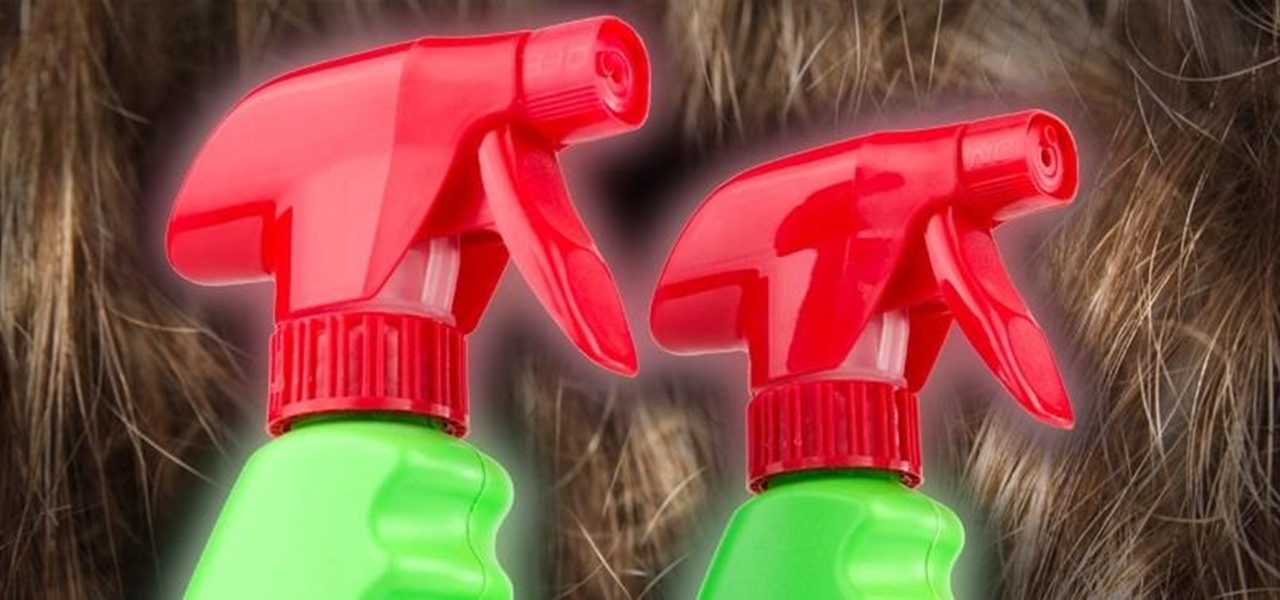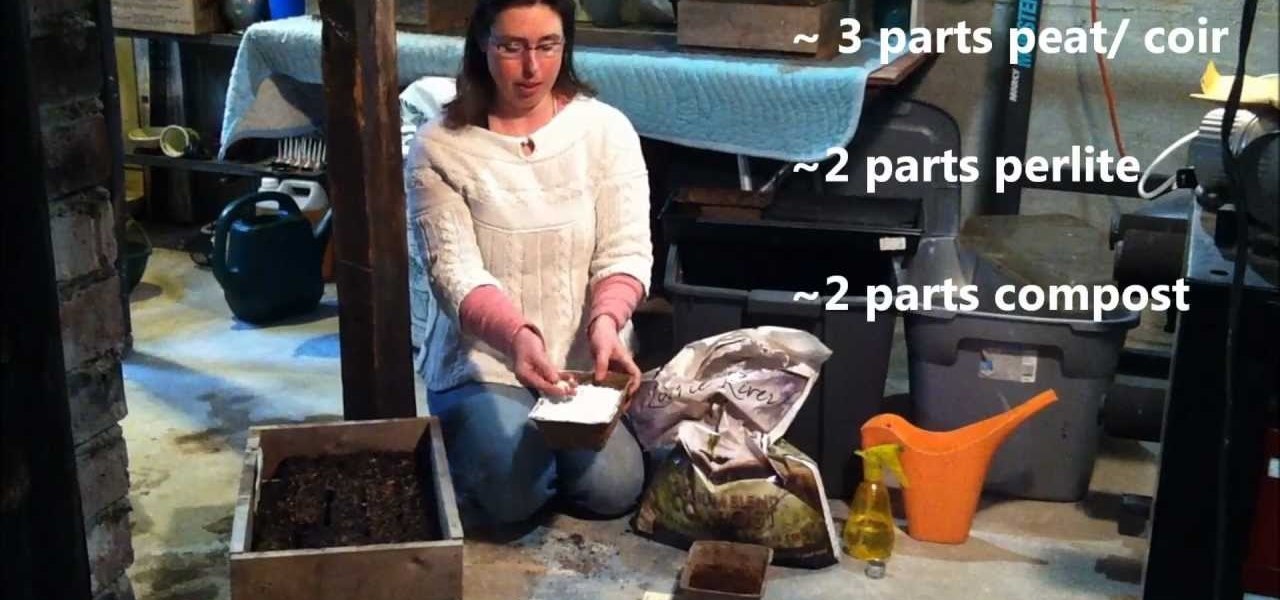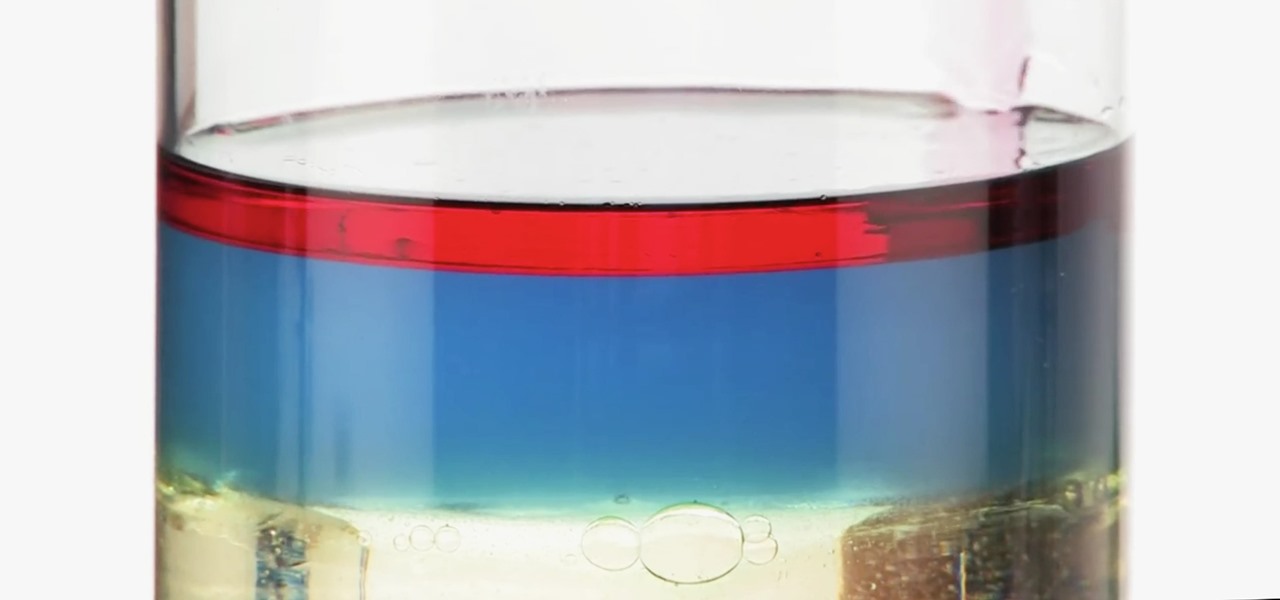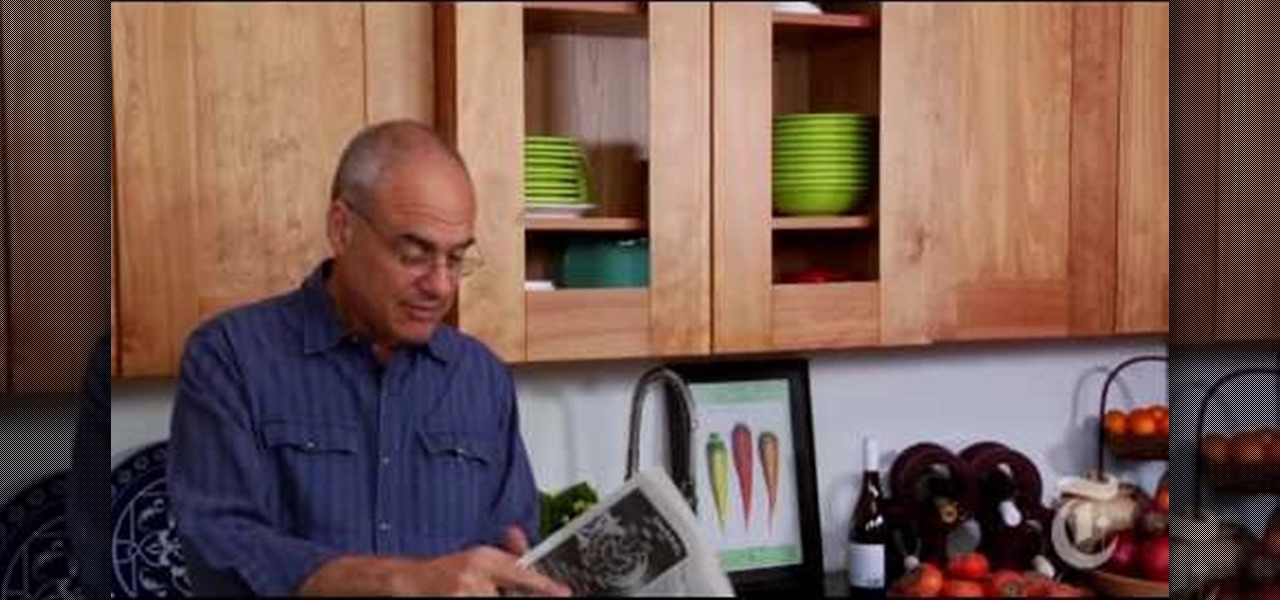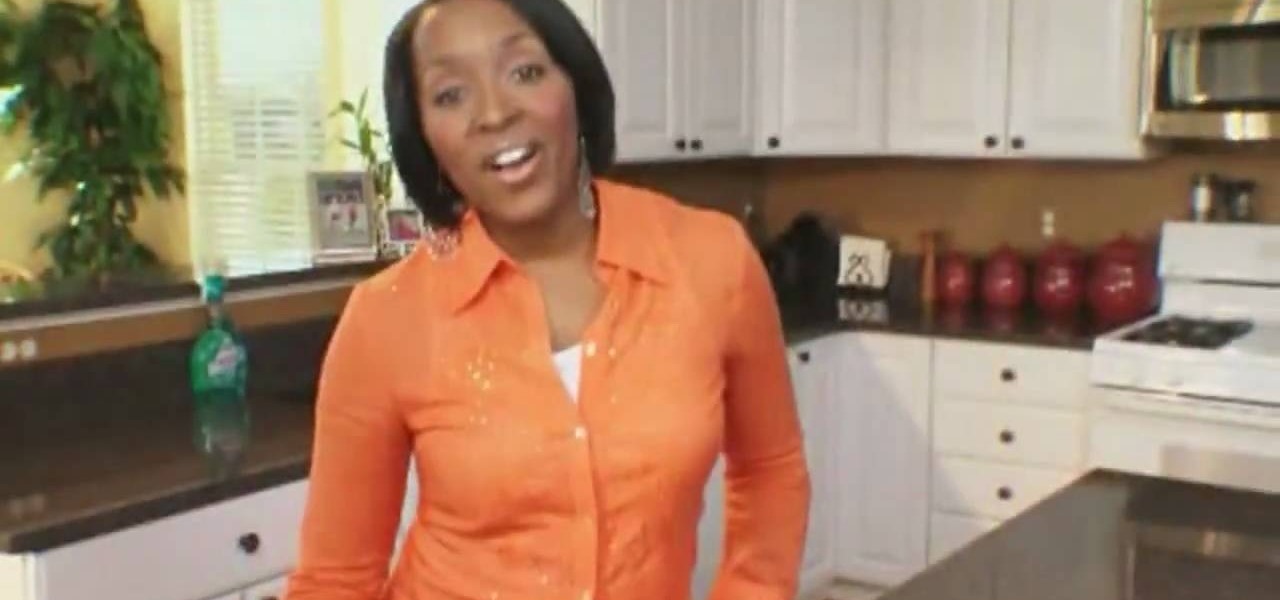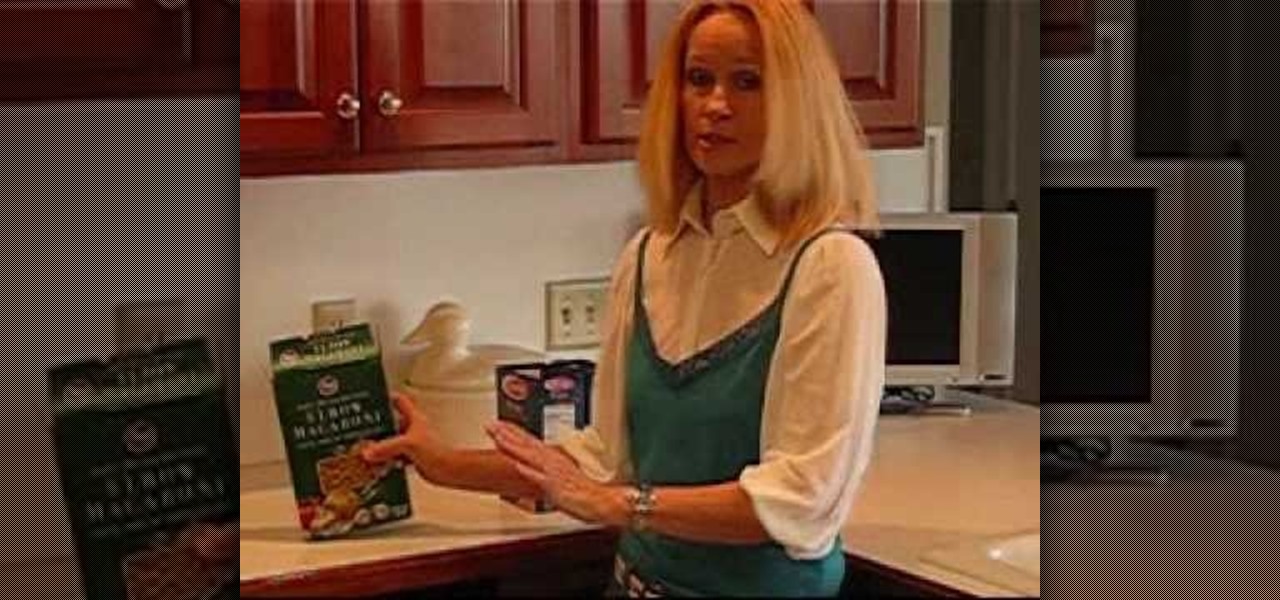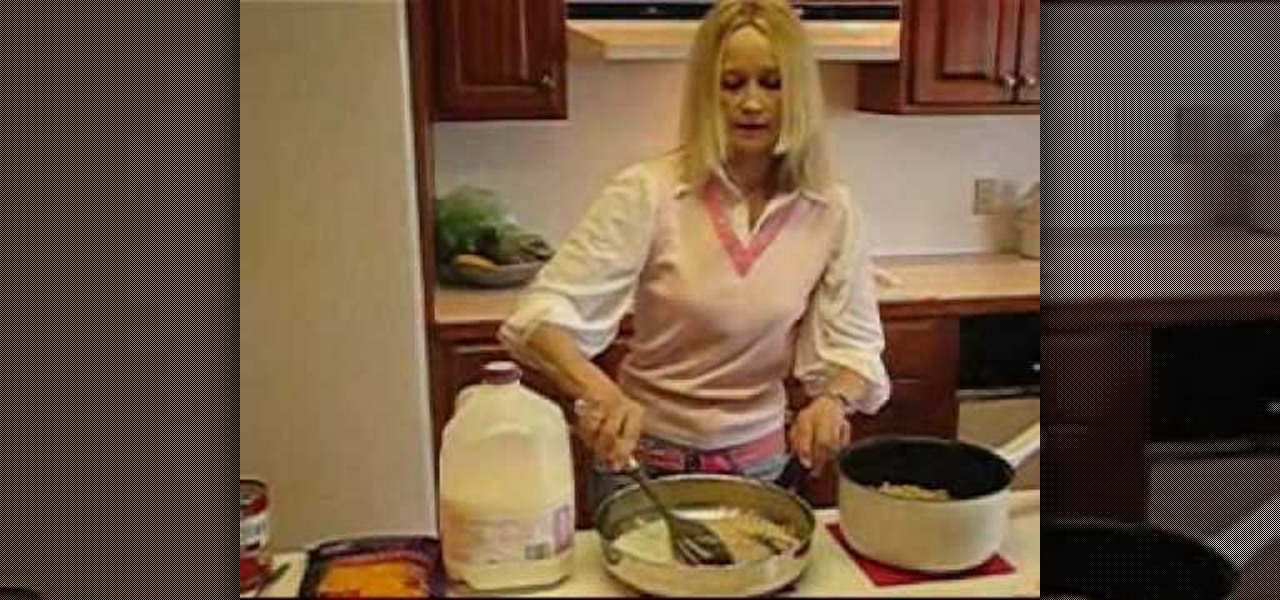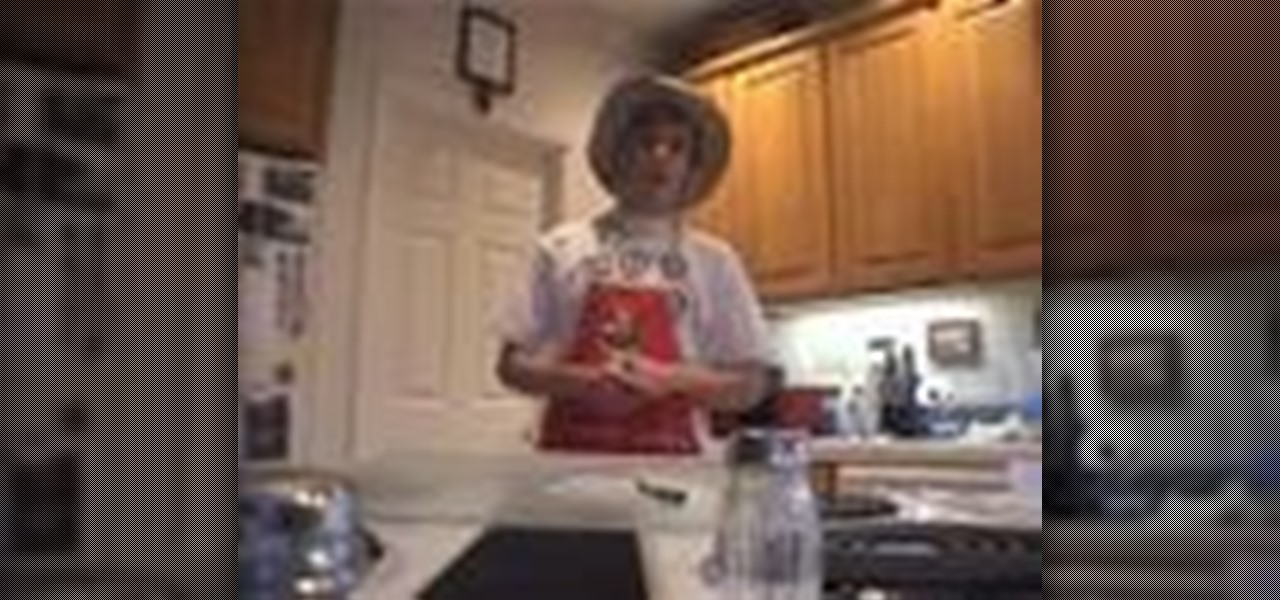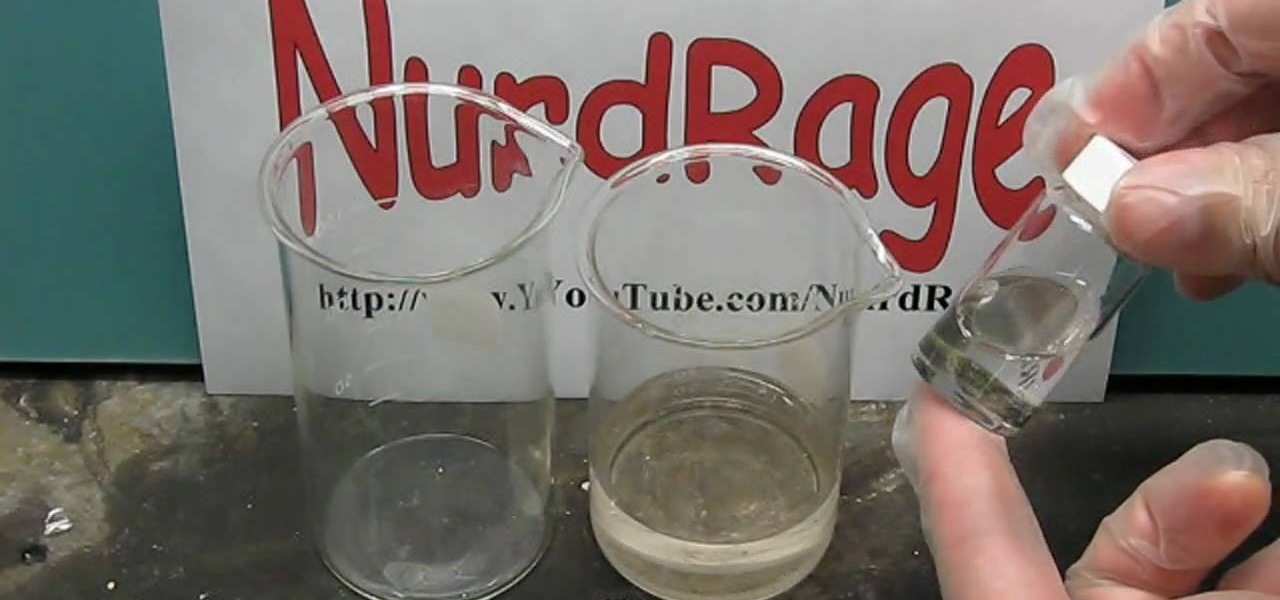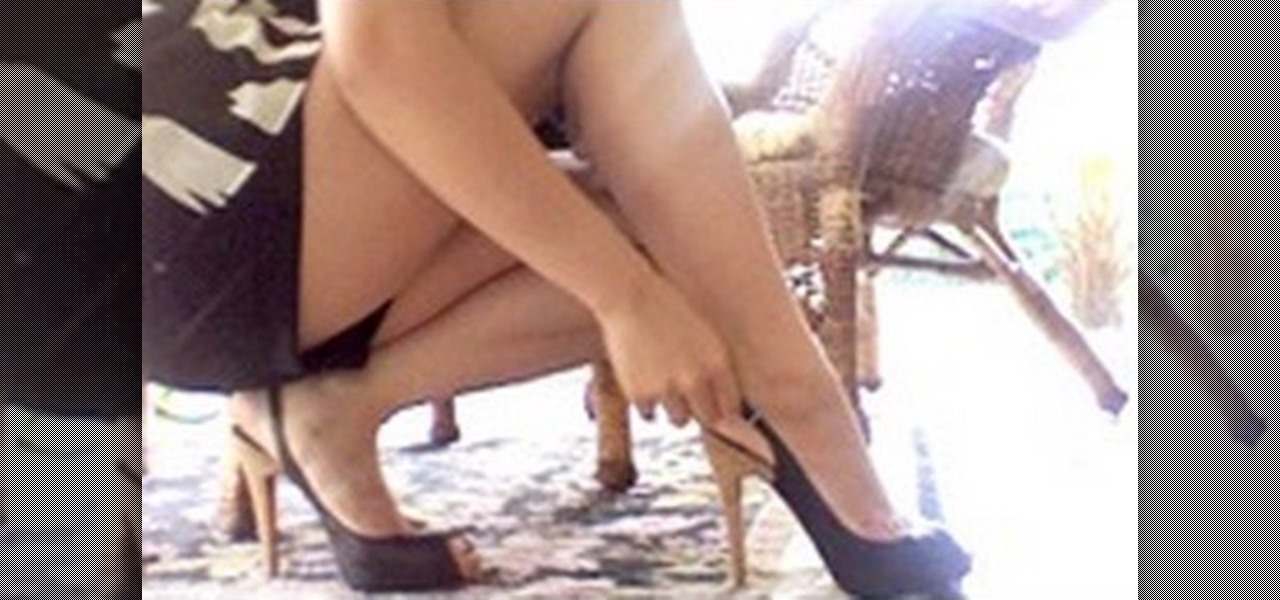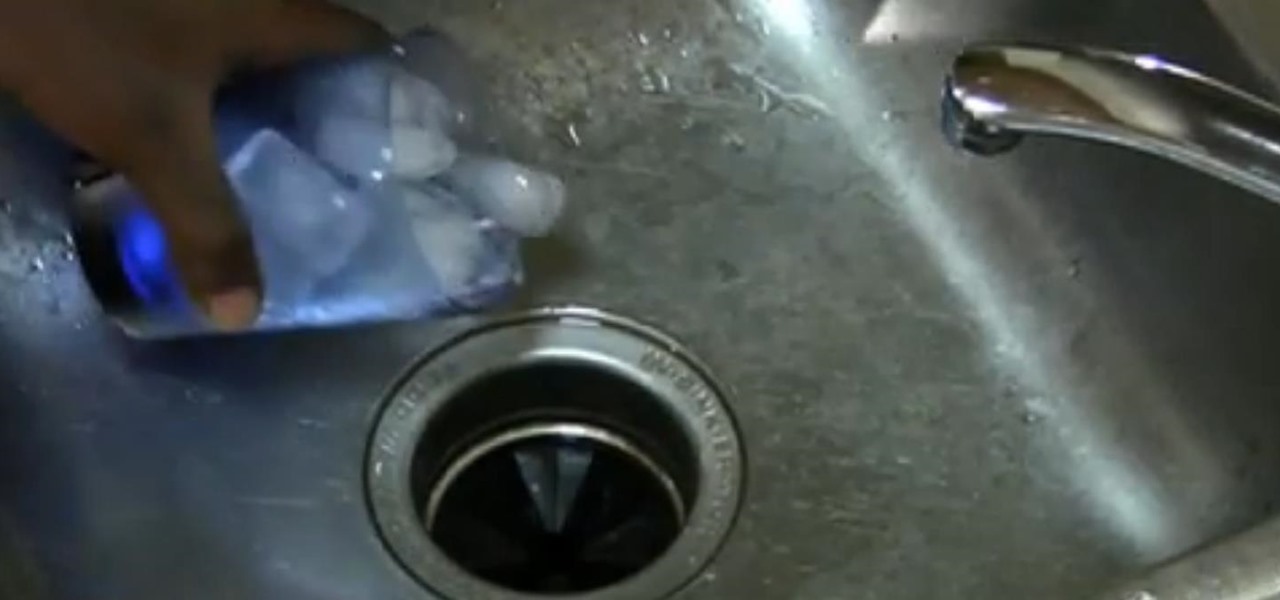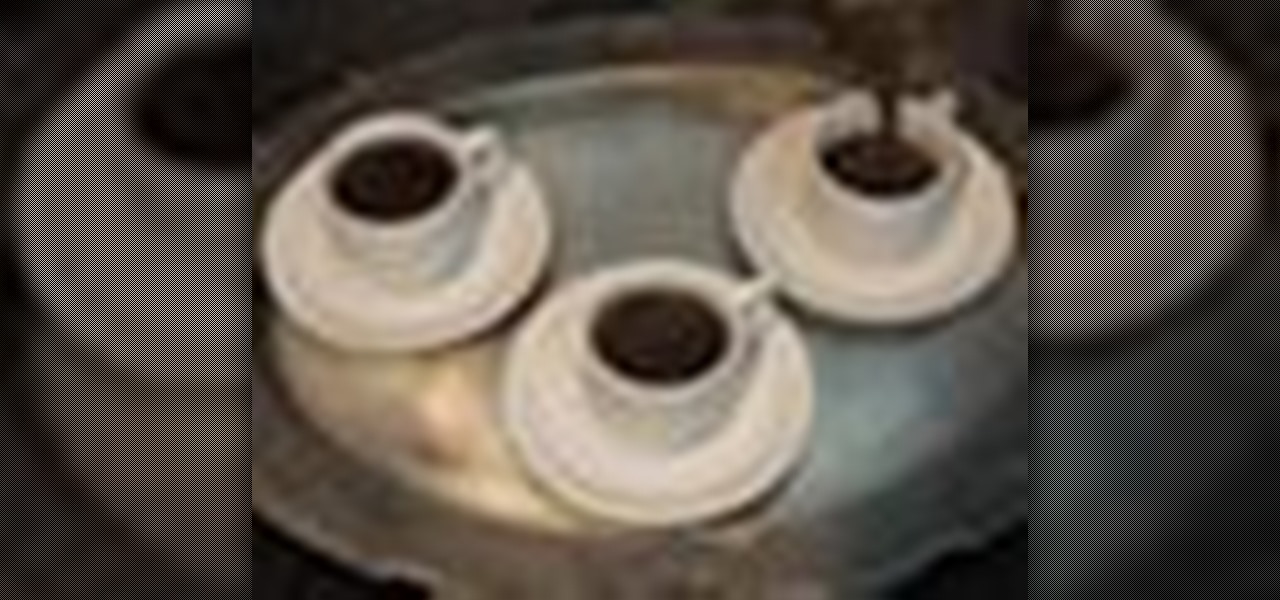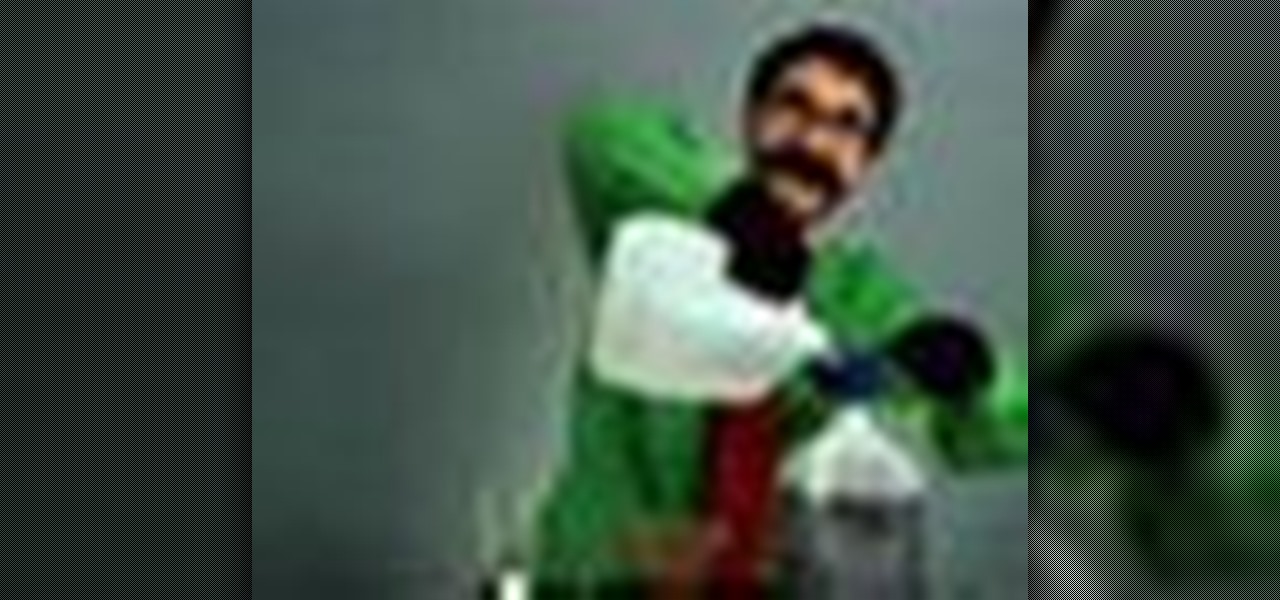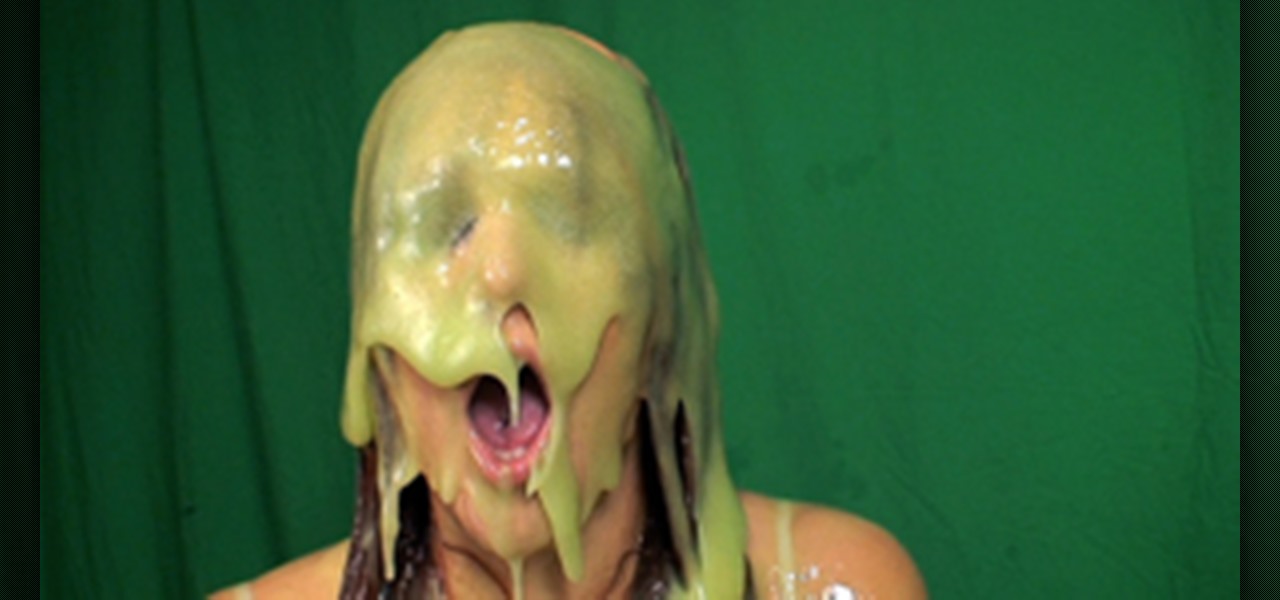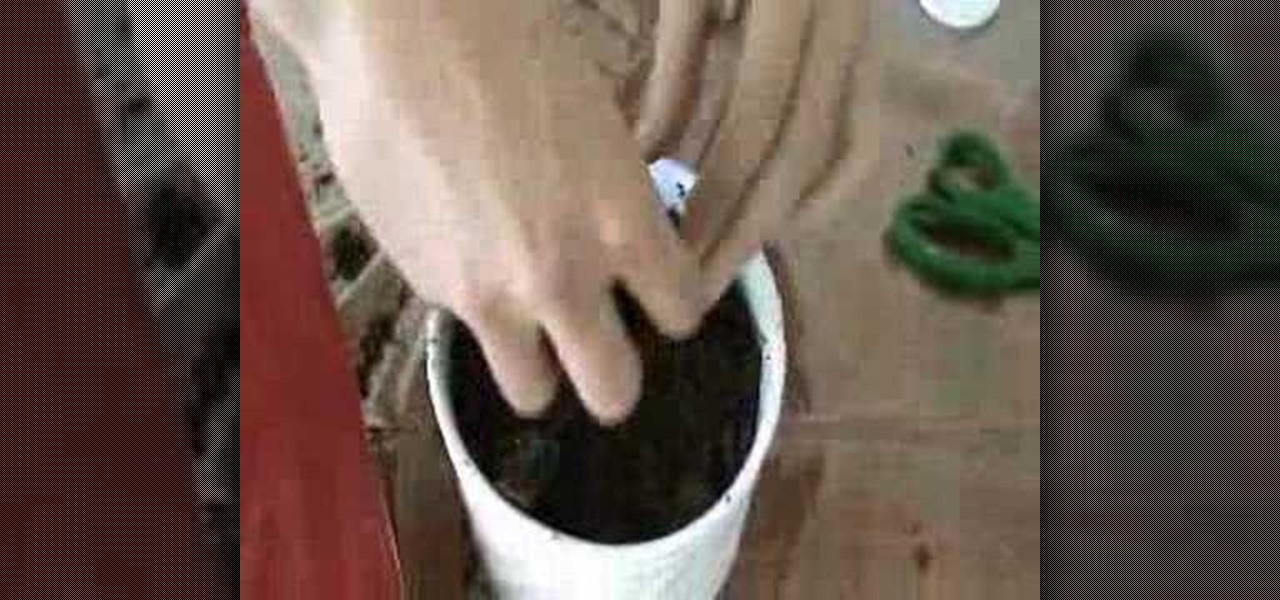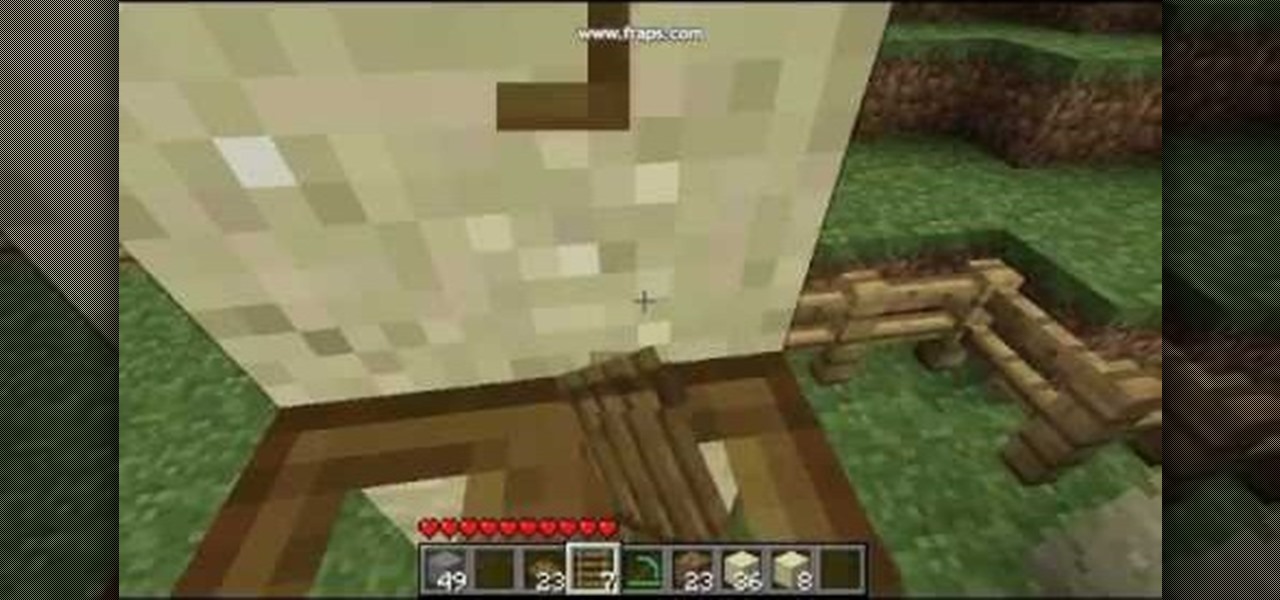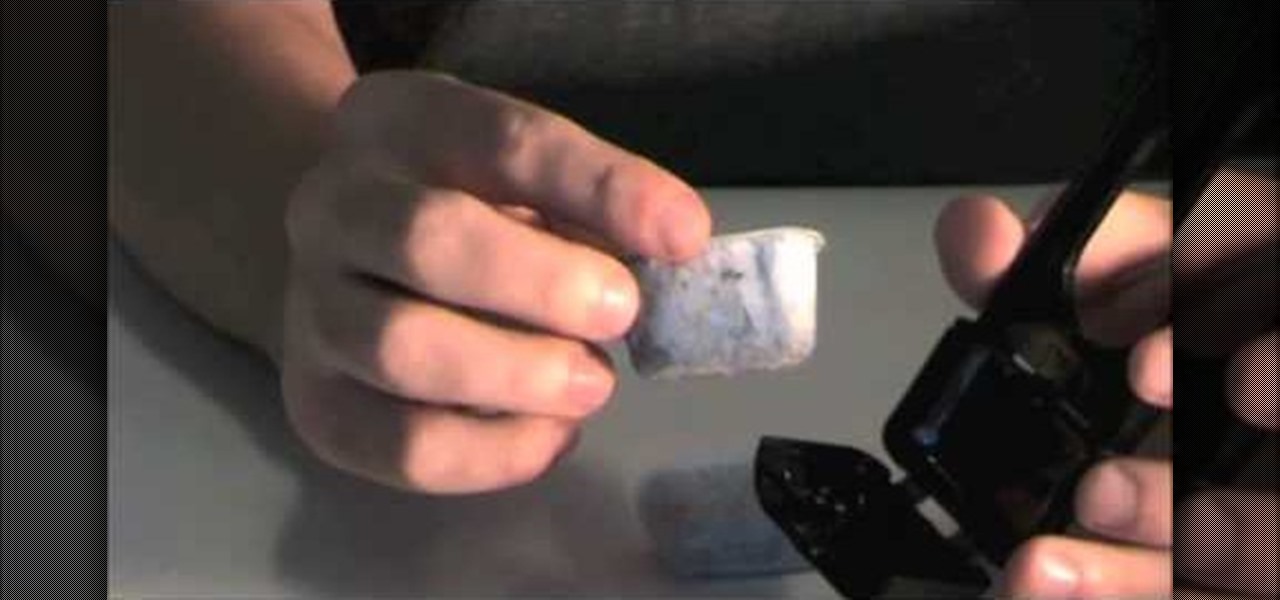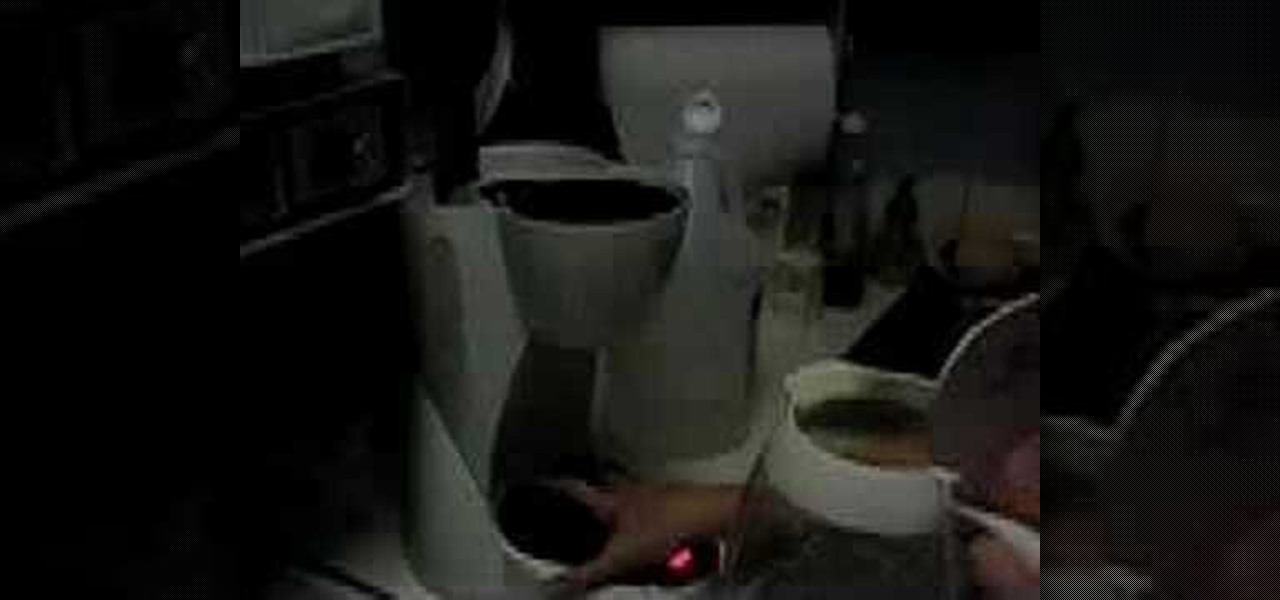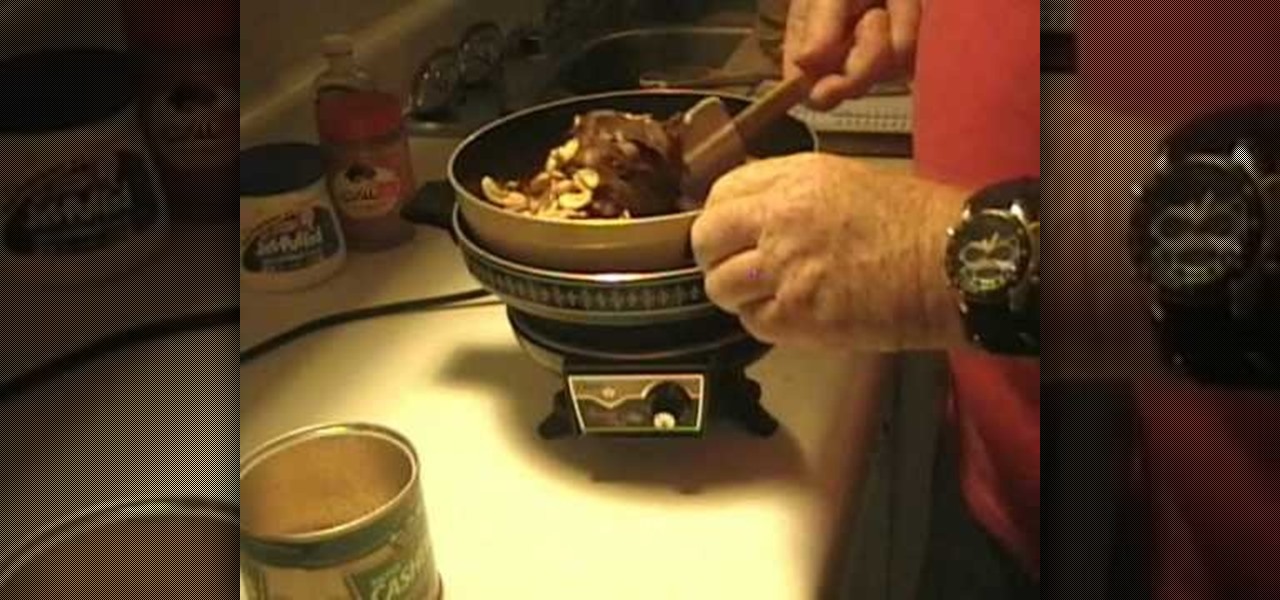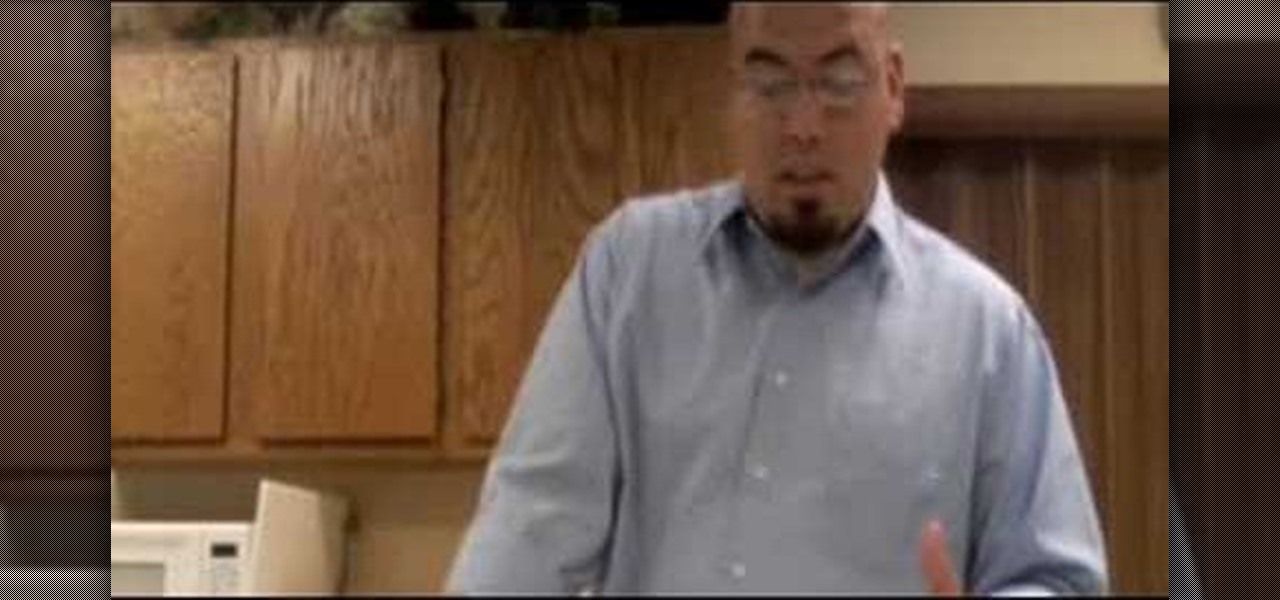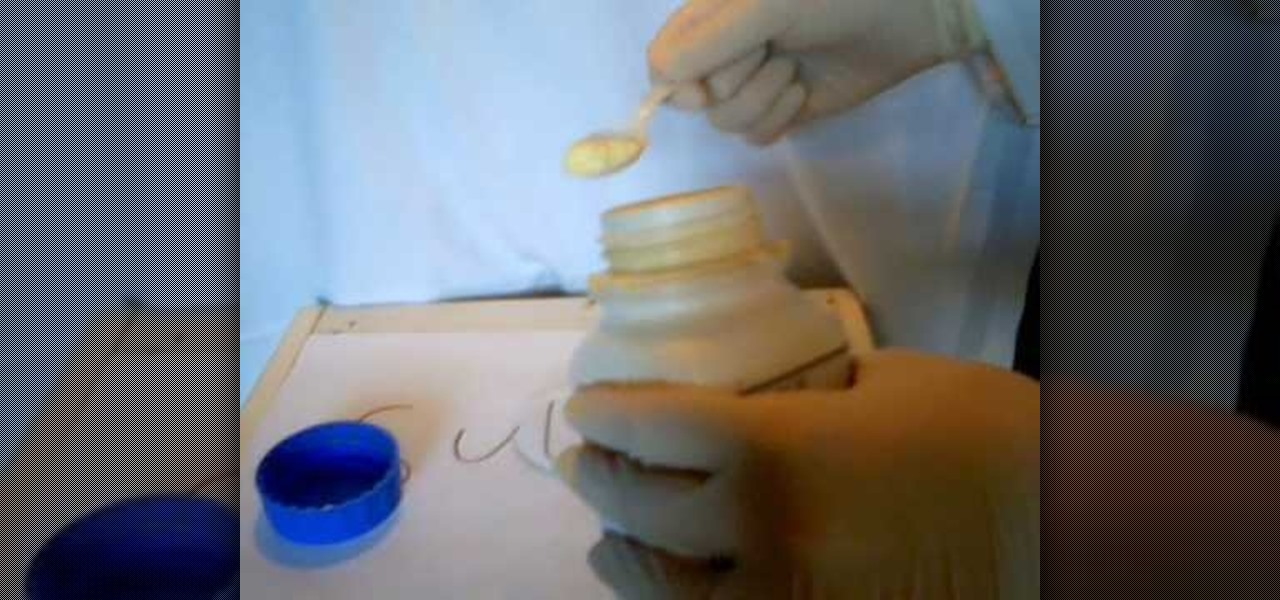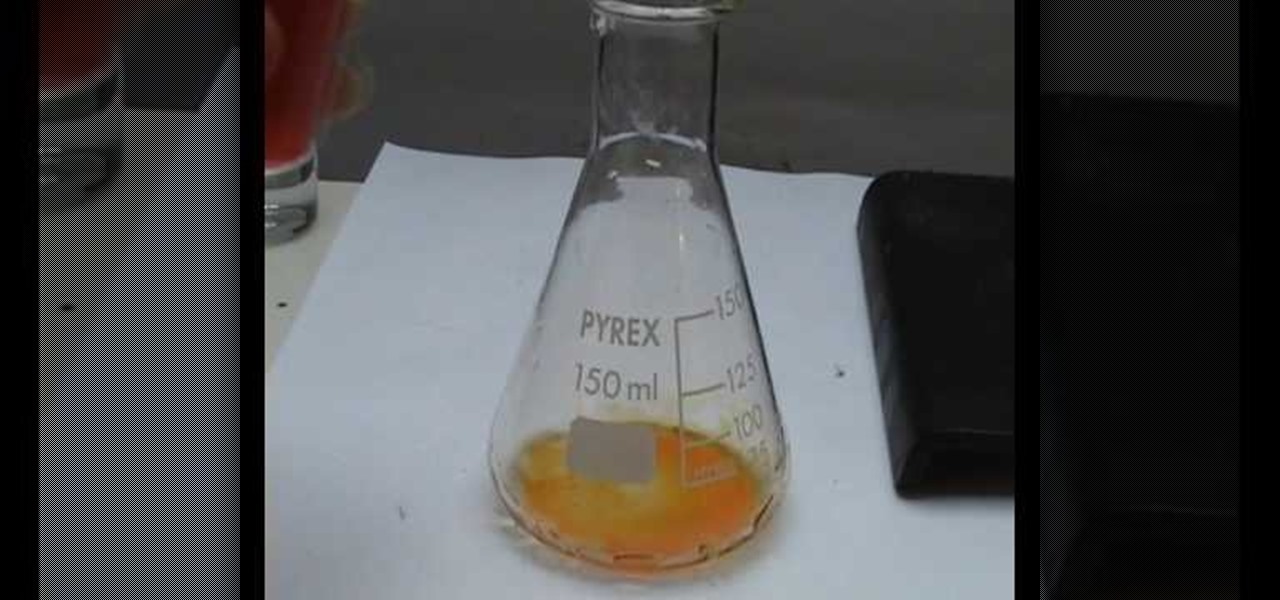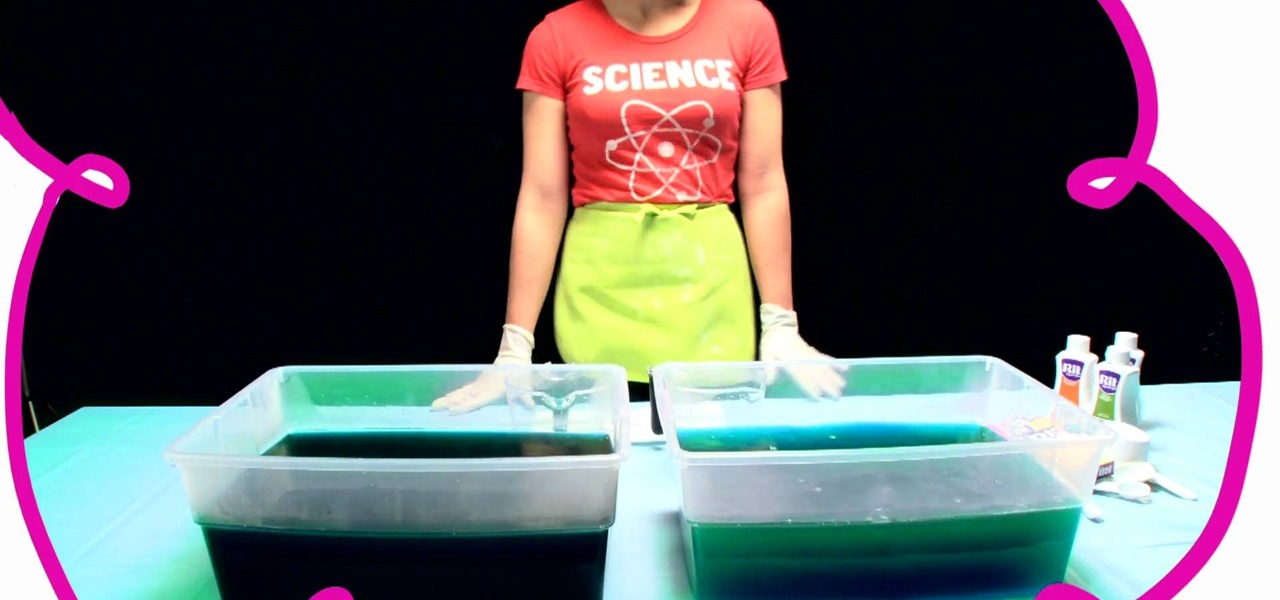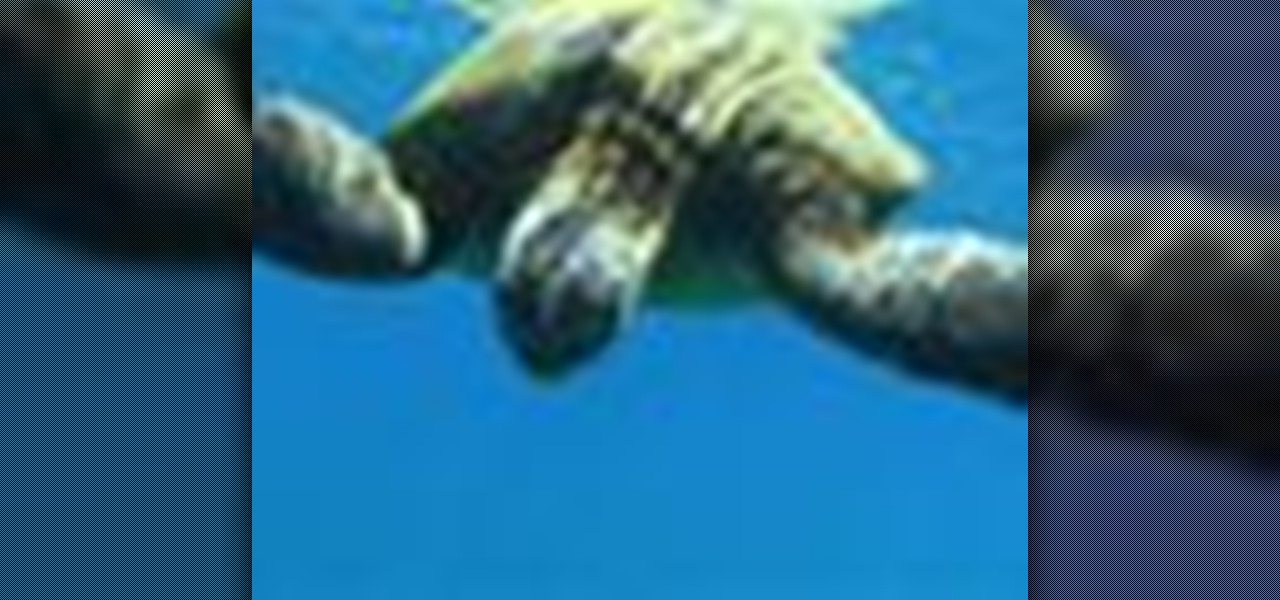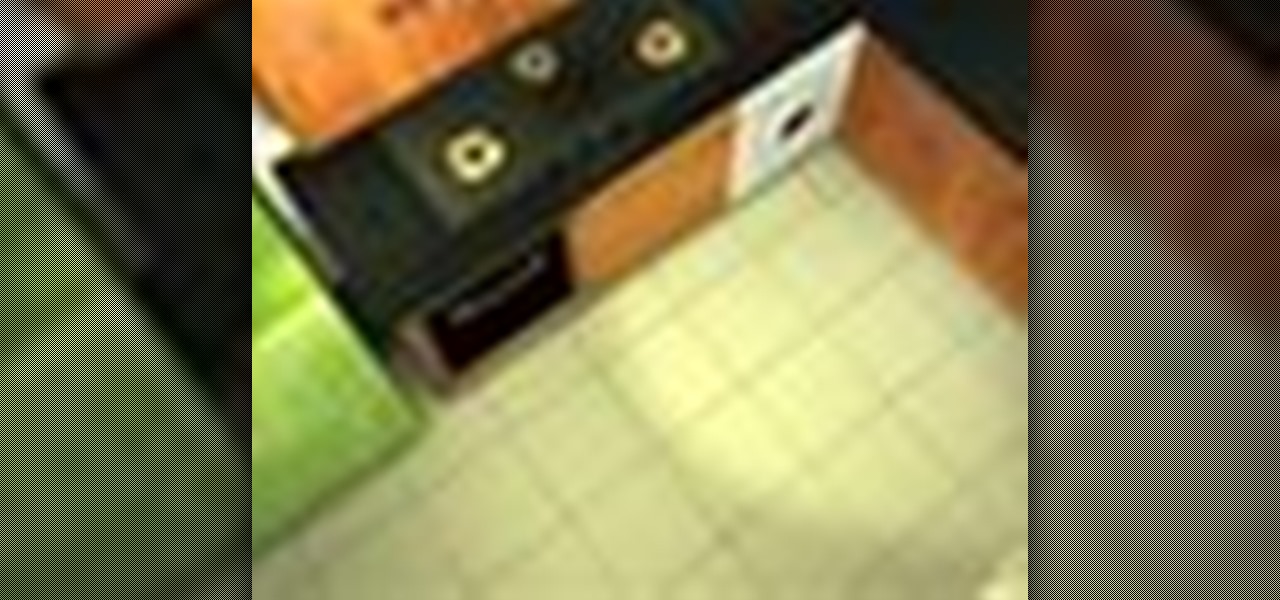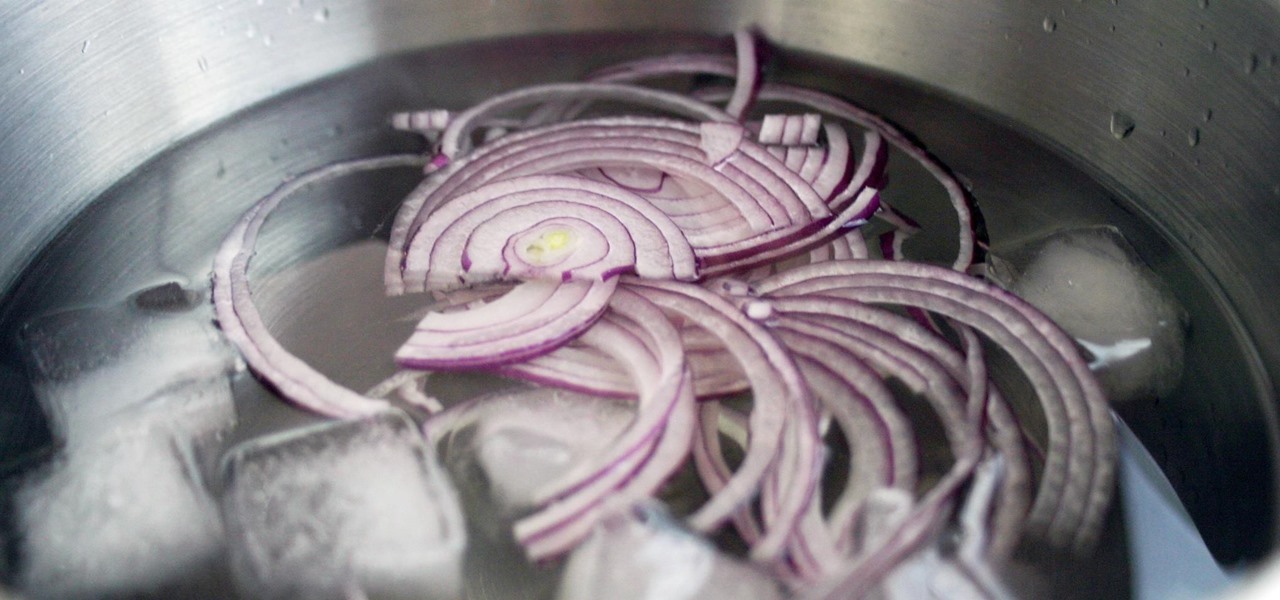
We've all been there: you're staring at a fantastic-looking salad or sandwich full of your favorite ingredients. You take a bite, and you taste only one thing—raw onion. A glass of water, a toothbrush, and an hour later, and your breath still tastes like only one thing—raw onion.
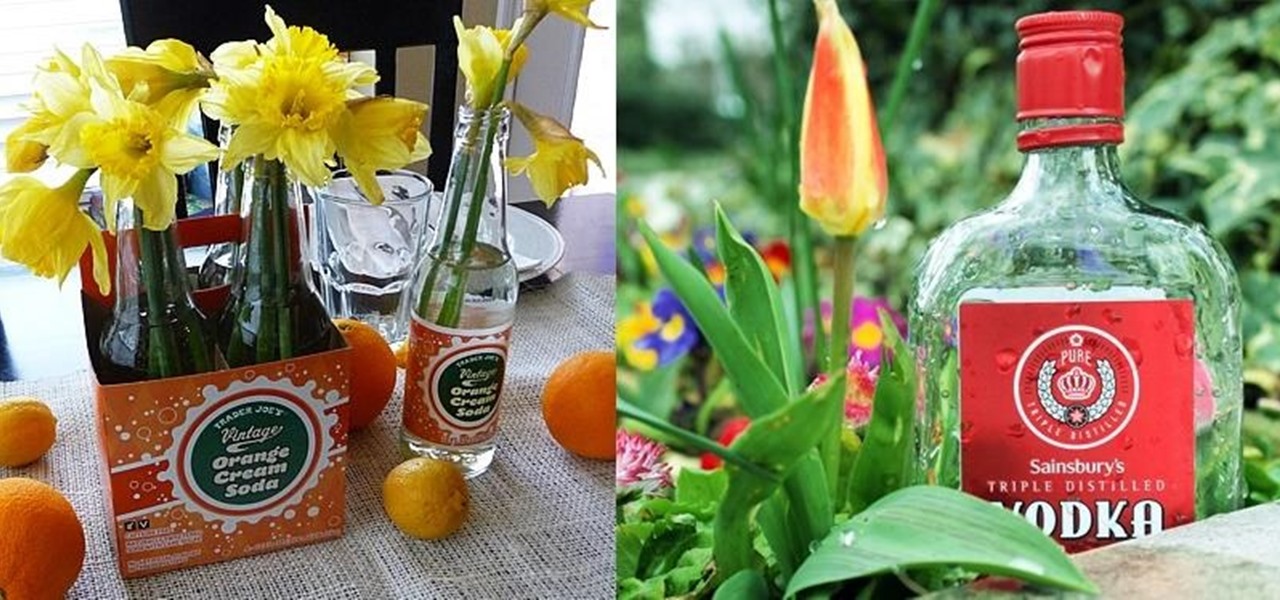
Having someone send you flowers will almost always lift your spirits. Wilting, dying flowers, on the other hand, aren't so great to look at and smell even worse. While there are time-honored tricks to keep flowers alive longer (change the water regularly, put a penny in the bottom of the vase, and cut stems diagonally are three that come to mind), it turns out that a few items in your kitchen are pretty useful at making sure those blooms stay perky.
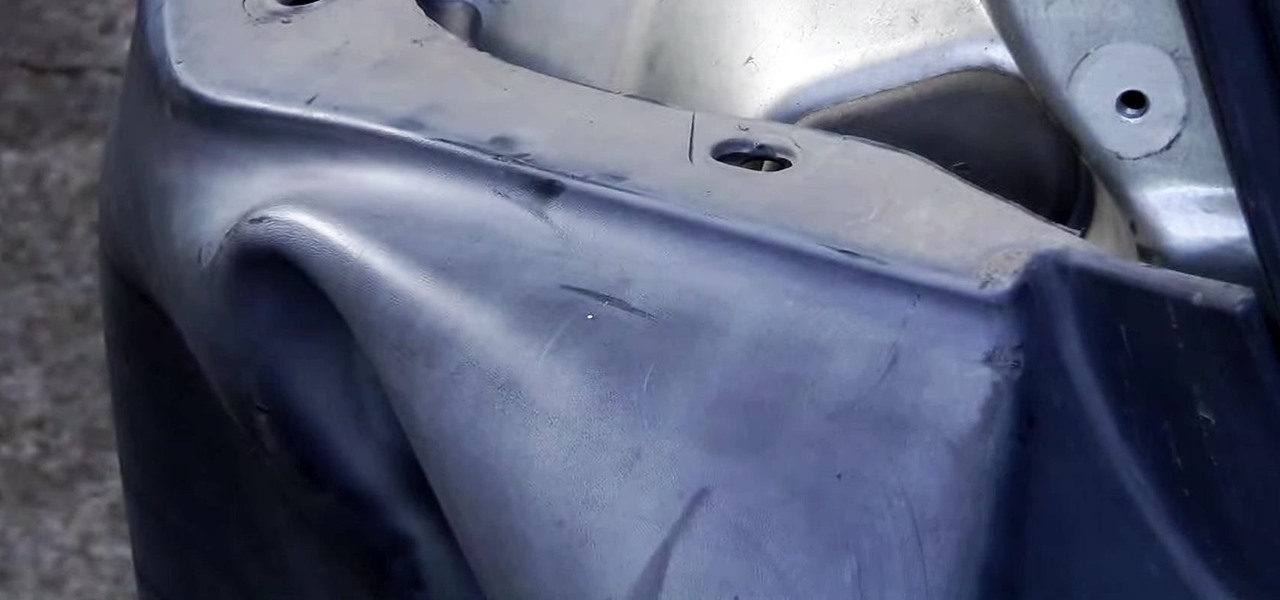
Even if you're lucky enough to not be injured in a car accident, it's rare to escape without some sort of damage to your vehicle. It goes without saying that there are some things you shouldn't try to fix yourself, but if it's just a scratch or dent, DIY can be a cheaper way to go.
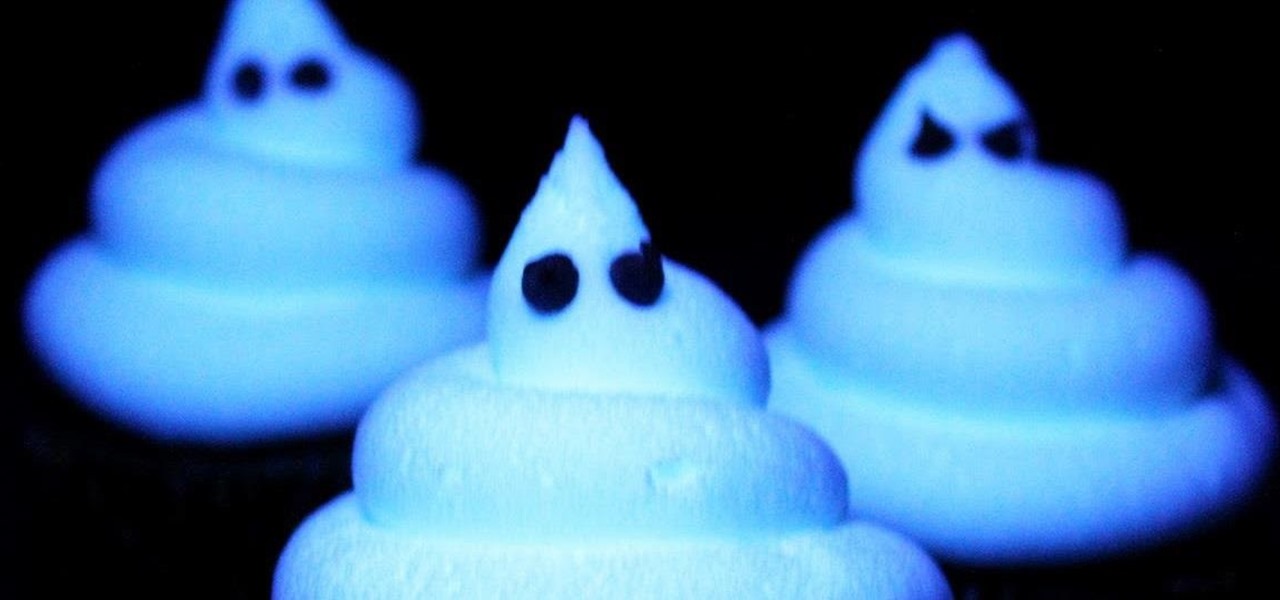
If you're throwing a party for Halloween or making homemade goodies for trick-or-treaters, there's no shortage of spooky foods and drinks you can cook up. But if you want to take it a step further, you can make anything glow under a black light by adding a little tonic water. Camber Wilson over on Recipe Snobs was asked to come up with a recipe for glow-in-the-dark cupcakes. After playing around with the frosting a bit, she found that tonic water made white frosting glow, but the effect was d...
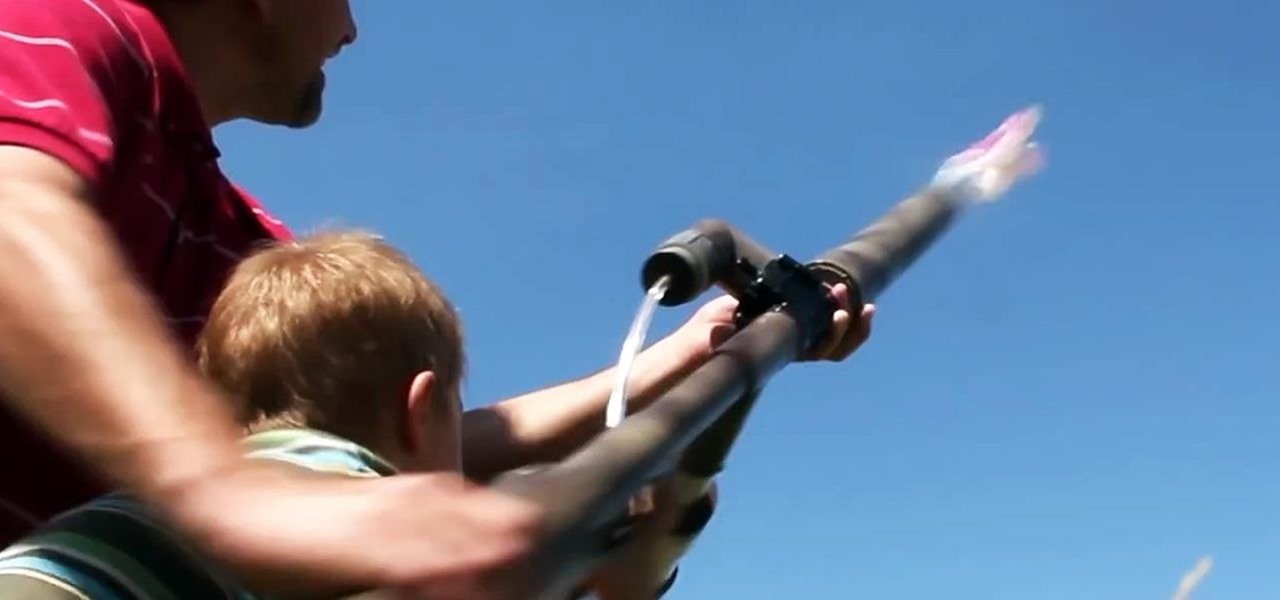
This summer's going to be a hot one, so skip the water pistol this year and break out the big guns! In this project, I'll be showing you how to build a water balloon shotgun—a high-powered water balloon launcher that's capable of firing 17 water balloons at the same time!
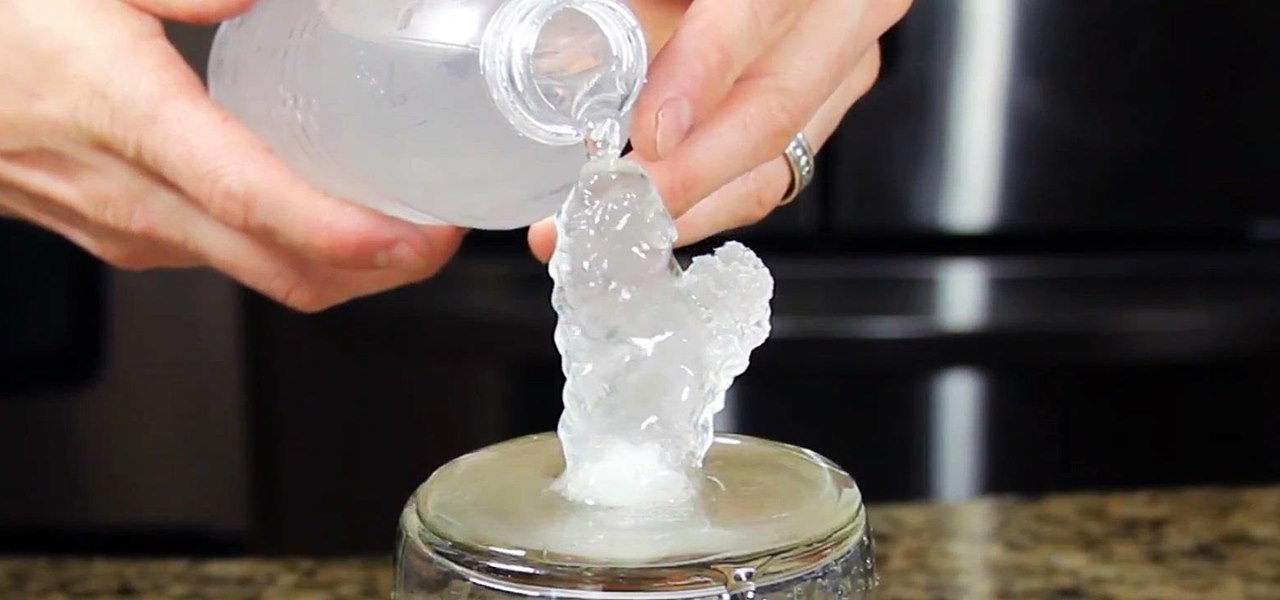
Have you ever seen water freeze instantly? This "Quick Clip" shows some of my personal experiences with making instant ice using a bottle of water supercooled in a freezer.

Hair products can work wonders, but the good stuff is usually super expensive. Plus, most of the major brands use a ton of ingredients you can't even pronounce, so it's safe to say a lot of us have no idea what we're putting in our hair. The good side is that most products can be made at home using basic ingredients for a fraction of the cost of commercial brands. Hairspray is no exception, and actually one of the easier ones to make.

Starting your own seedlings is a great way to save money, have a wider selection of varieties and gain personal satisfaction. Here are easy to follow tips on getting your seeds off to a great start.

Ralph Waldo Emerson once observed that "the seed of science" was "wonder," and taking a look at this nine-layer liquid tower from Steve Spangler's Sick Science! channel, one can't help but do just that — wonder. How is this possible? Is this magic or what?

Kids have an infamous reputation for thinking vegetables are icky. After all, when compared to more fatty and grease-loaded foods like Hot Cheetos and french fries, it seems veggies just taste too...healthy. Which is apparently not a good thing in the eyes of a sugar and salt-obsessed child.

In order to prepare Creamy Polenta with Parmesan and Sausage, you will need the following ingredients: polenta, black pepper, butter, water, Parmesan cheese, and sausage.

Looking for a fast way to thaw your meat without using the microwave? Thawing meat can be unhealthy if you do it without the proper care. Be safe! Here are two techniques that will give you great thawed meat that will be ready for dinner.

You can never have too much mac & cheese! In addition to her fabulous creamy stovetop recipe, Betty unveils her fabulously gooey baked recipe in this tutorial. This dish has a delicious sharp cheddar bite to it and a crispy crustiness that is to die for! Impress your friends with this very easy and very tasty recipe.

Maybe you get bored with plain old mac & cheese once in a while. Why not spice it up with a bit of an Italian flair? Betty adds a hint of tomato to your traditional family dish; try it out! You won't be disappointed.

Most pasta salad is very "American" and full of fatty things like mayonnaise. By adjusting a few ingredients and adding some yummy veggies, you can transform your salad and have a healthy addition to your outdoor summer party menu!

In order to start making your own homemade Gouda cheese, you have to begin by making mesophilic starter culture. Now, the one and only ingredient for mesophilic starter culture is buttermilk.

This is chemistry at its best! Europium is the chemical element (Eu) which was named after Europe. Dysprosium (Dy) is a rare earth element of a metallic silver luster. Watch this science video tutorial from Nurd Rage on how to make europium and dysprosium nitrate salts with Dr. Lithium.

There are several different ways to go about stretching your shoes. This method uses water, a ziplock bag, and a freezer. Michelle Phan demonstrates how:

Does your kitchen smell like a landfill? Try these simple steps to clean out the culprit. This video will show you how to safely clean a garbage disposal.

Enjoyed throughout the Middle East, Arabic coffee is deliciously rich, and easy to make at home. Watch this video to learn how to make Arabic (or Turkish) coffee.

Concoct soda at home—over time, you'll save a bundle by not using the store-bought stuff. Plus, it's fizzy fun!

Make Slime! This one is easy. Just mix equal parts of glue and water and then add an equal part of liquid starch. Just like that you have gooey slime. The more you play with it the more fun it becomes. This acclivity causes the polymer chains in the glue to cross link with chemicals in the starch. The result is an awesome stretchy slime.

This how-to prank video will teach you how to plant a condom that will grow when watered. Learn how to grow a plant using condoms and create a whole new vibe in your house. Condom plants are practical and do not require a lot of time watering or grooming. Grow a garden of condom plants and create a new conversation piece at your next get-together. This video tutorial shows a great way to pull a practical joke on friends. All you need to pull off this prank is: an empty toilet paper roll, a co...

Elevators have been an essential part of construction sites since the Pyramids. If you want to put this technology to use in Minecraft beta, without using your redstone or water, check out this video to learn a design for a trapdoor elevator.

If you love coffee in the morning, then you probably have your own Cuisinart coffee maker at home. But like anything that gets used everyday, it will wear out, and in the case of the Cuisinart coffeemaker, the filters will need replaced. This video will show you how to replace those charcoal water filters in your Cuisinart coffeemaker with the Cuisinart DCC-RWF replacement filters.

An aquaduct will help you move water to and fro on your island when playing Minecraft, and this tutorial shows you how to build one. You'll need at least a few shovels to be able to construct this, and some stone will also be helpful.

In this video from nyelover we learn how to make silly putty that is kid friendly! You need white glue, borax, a little water, a plastic bag, some food coloring, and some small jars. Use 40-50 ml of Borax and put in a bowl. Then put 20 ml of white glue and 5 ml water and a few drops of food coloring into a separate bowl. Now add 5 ml of the saturated Borax solution to the water and glue. Remember again not to add too much food coloring. This is all you need to make your own silly putty. Just ...

This video tutorial is in the food category which will show you how to clean a coffee maker with vinegar. First you got to remove the used coffee powder from the coffee pot and put it in a compost maker or in the garbage bin. Then add one part vinegar and two parts water in the jug and pour it in to the coffee maker. Turn it on and after the cycle is completed, drain out the mixture of vinegar and water. If the coffee maker is still dirty, repeat the process. Once the pot is clean, flush it w...

Combine the sweet taste of chocolate and the nutty flavor of cashews in this awesome dessert recipe. It's called chocolate cashew clusters, and it's chocolate chips, marshmallows, peanuts butter, vanilla, and cashews packed into a bite-sized miracle of yumminess. Check it out— there so good you won't want to share. This recipe should yield about three-dozen.

In this video, we learn how to make slime for under 5 dollars. You will need: a large pan, gallon of water, food coloring, and 1 c corn starch. Mix in warm water and continue to mix until everything is well combined. Keep adding more water to corn starch until it's the consistency that you would like. After it's hot and a slimy substance, add in some food coloring that you would like. After this, pour the slime into individual containers and allow it to cool so you can use at a later time. Wh...

In this tutorial, we learn how to mix and make paper mache. To do this, you will need: flour, water, and a large mixing bowl. Start off by pouring the flour into the mixing bowl, then adding in warm water in the same amount as the flour. After this, mix it together until you have a thick consistency. It should not be like water, more like a thick soup. Add more of the ingredients until you have this consistency. After this, dip your strips of paper into the mixture. Use them to place on your ...

In this tutorial, we learn how to change the physical properties of yellow sulfur. First, take a heat proof water glass and add in 1 teaspoon of sulfur powder. After this, heat the glass on a low flame for a few minutes. After this, the sulfur will start to melt and turn a reddish color. Now, pour the sulfur into some cold water after it's all the way melted and watch the reaction that is occurring. Once cool, you will be able to pick up the sulfur from the water and play with it, although it...

In this tutorial, we learn how to make a chemical indicator from kitchen items. First, make an indicator by grabbing some red cabbage and some vodka. Now, heat up some water until it's boiling, then place a smaller beaker inside the water with vodka inside of it. Place the red cabbage inside of the smaller beaker, then stir it up and let sit for 10 minutes. A lot of the color will come out with the cabbage being inside of the alcohol. After this, pour this into a storage bottle and pour the w...

In this video, we learn how to design your own clothes with ombre dying. Start off by mixing up a dark color and a light color in 2 gallons of water each. Now, take your piece of fabric and place it into warm water until it's covered. Now, place this on a hanger, then dip the top into the dark color for eight minutes. Then, place the fabric in the lighter color for one minute. Then, place this under cool water upside down until it runs clear. After this, wash it in the washer and dry it, then...

Pranks that involve liquid are always funny. Unexpected liquid splashing or spilling all over someone is always a laugh riot, unless it's gasoline. This cup prank involves a cup (obviously), straw, needle, lid, and… water balloon. Watch this video to see how the prank works.

If you love the ocean and love swimming, it's time you step up to the next level… snorkeling. Snorkeling is one of the best ways to explore the underwater life, without fancy equipment or expensive training. And all you need is a snorkel. If you want a better look at what’s underwater, all you have to do is snorkel.

Home accidents. It's up to you to protect your family… your children… from accidents in the home. And there's one place that seems to get the most attention when dealing with safety concerns… The kitchen is one of the busiest, most accident-prone rooms in the house. Design a kitchen that will keep your family and guests safe.

How to grow pineapple inside your home

The video takes you through steps on how to grow wheatgrass without the hassle of using soil. Before using this method, prepare a batch of sprouted wheatgrass. It’s advised that you should let the seeds sprout in a jar for two to three days for best results. When the wheatgrass is ready, place two or three layers of paper napkins on a large, flat try. Moisten the paper towels but don’t over-flood it. Then take your jar of wheatgrass and evenly spread the seeds on top of the paper towels. ...

In this video from Dr. Carlson, users are shown how to witness the effects of the relationship between temperature and matter firsthand, using light-sticks. For the experiment, users need 3 beakers (or vessels of the sort,) and 3 light-sticks of the same color, shape, and light. To test the range, each beaker must correspond to one of the following states: room temperature, ice-water, or boiling water. Deposit a stick in each of them and observe for two minutes. Thus, one will see how the ato...








